Adaptive scissors are specially designed cutting tools that accommodate the diverse needs of children with varying abilities and challenges. Below are a few of the benefits of using adaptive scissors:
-
Support for Therapeutic Goals: Adaptive scissors can be valuable tools in occupational therapy and special education settings, supporting therapeutic goals related to motor skills development, sensory integration, and cognitive processing. Therapists and educators can use adaptive scissors to create tailored interventions that address individual needs and promote progress toward specific objectives.
-
Improved Independence: By addressing specific needs and limitations, adaptive scissors empower children to perform cutting tasks independently. These scissors enable children to develop essential skills and build confidence as they engage in hands-on activities without constant assistance.
-
Enhanced Comfort: Adaptive scissors are ergonomically designed to reduce strain and discomfort during cutting. They have features such as padded handles, angled blades, or self-opening mechanisms, which promote optimal hand positioning and minimize fatigue, ensuring a more comfortable cutting experience.
-
Facilitated Skill Development: Adaptive scissors facilitate the development of fine motor skills, hand-eye coordination, and bilateral coordination in children with diverse abilities. By providing tailored support and assistance, these scissors enable children to refine their cutting techniques and achieve greater precision and control over time.
- Customized Support: Adaptive scissors are tailored to meet the specific needs of children with disabilities or challenges, providing customized support and assistance. Whether a child has limited hand strength, coordination difficulties, or sensory sensitivities, adaptive scissors offer features and adjustments to accommodate their requirements.
We offer a wide selection of adaptive and beginner scissors, loop scissors, left-handed scissors, and other specialty scissors for both right and left-handers. There are several types of scissors designed specifically for kids, each with its own unique benefits:
Blunt-Tip Scissors: Blunt-tip scissors are specifically designed for children's safety. They feature rounded tips on the blades, eliminating sharp points that could potentially cause injuries. These scissors are perfect for younger children who are just beginning to learn how to use scissors. Parents and educators can have peace of mind knowing that children can explore cutting activities without the risk of accidental cuts or pokes.
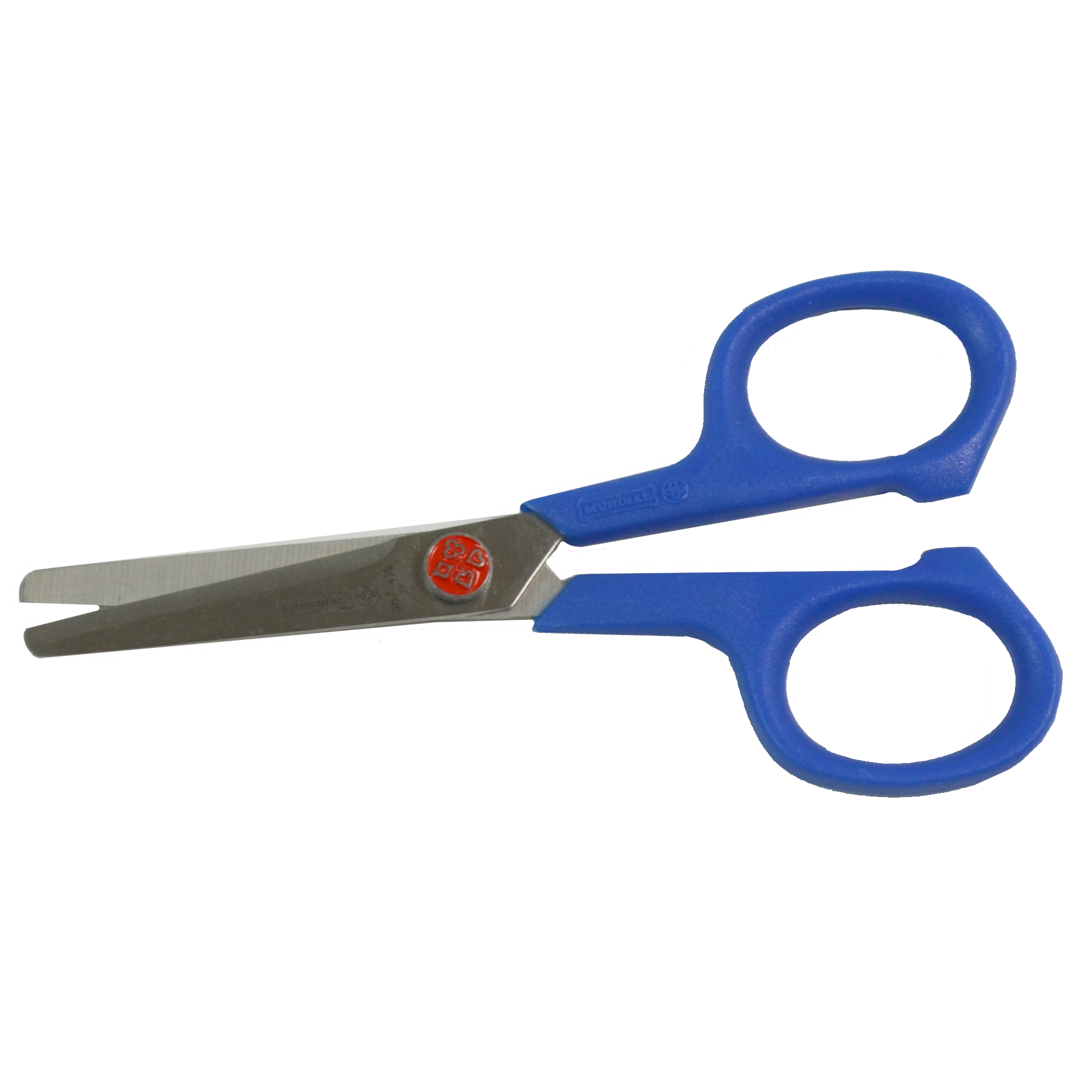
Training Scissors: Training scissors are crafted with features to assist children in developing their cutting skills. They feature 2 sets of loops that allow an adult to help the child "feel" the motion and coordination of cutting. Child's fingers go in the back loops so the adult can provide any needed strength or extra control for cutting.
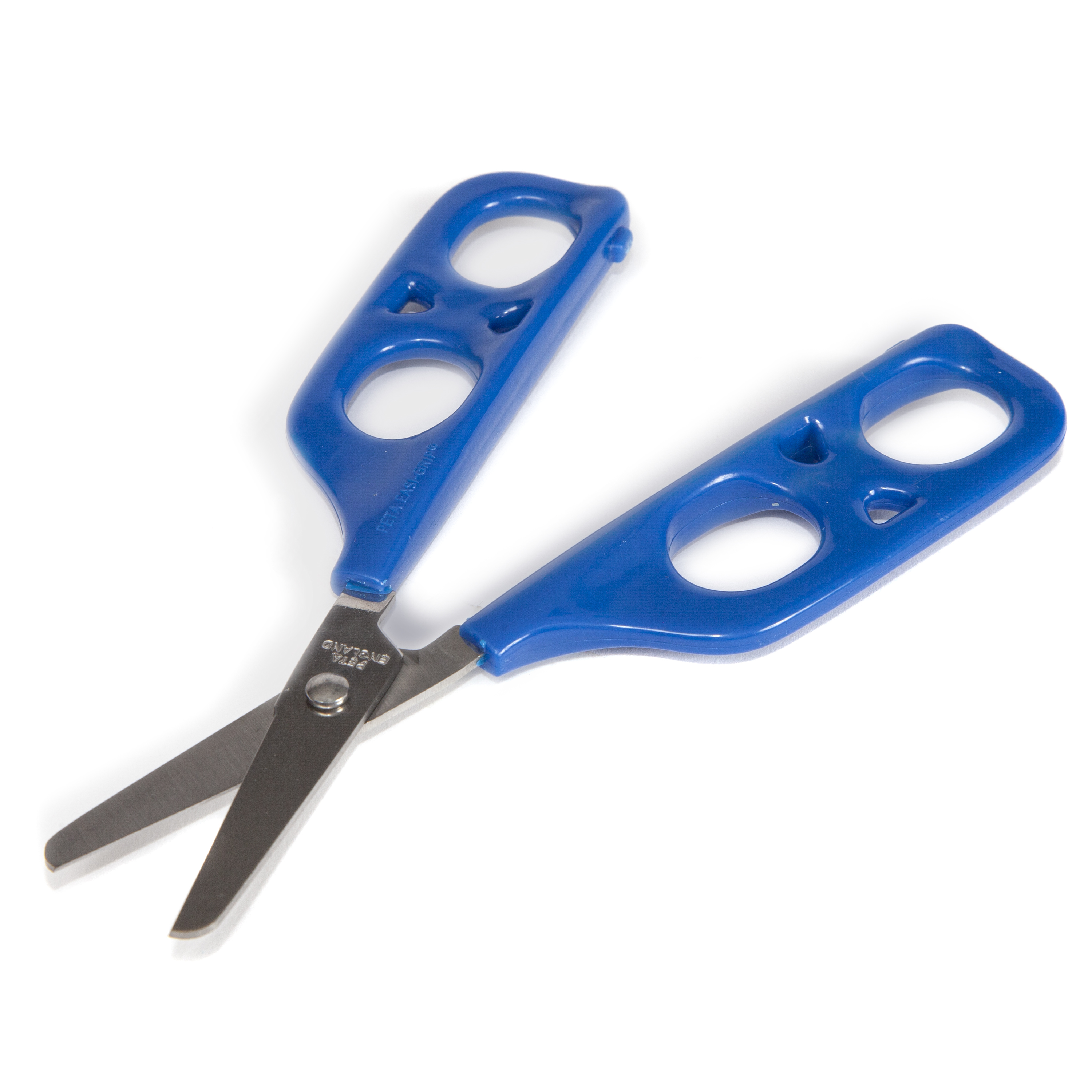
Loop Scissors: Loop scissors are designed with loop-shaped handles that fit comfortably around a child's fingers. This design provides stability and control, making it easier for children to manipulate the scissors while cutting. Loop scissors are particularly beneficial for children who have difficulty gripping or coordinating their fingers. By offering a secure and ergonomic grip, loop scissors enable children to engage in cutting activities with more confidence.
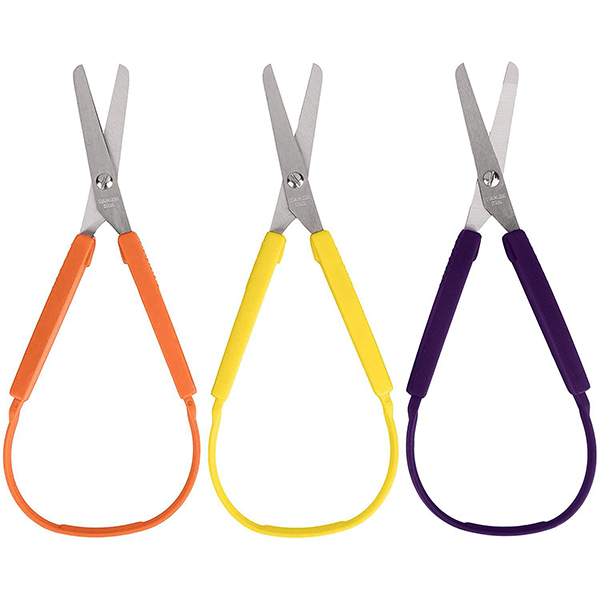
Left-Handed Scissors: Left-handed scissors are tailored specifically for the needs of left-handed individuals. Unlike conventional scissors with symmetrical handles and righ-handed blades, left-handed scissors have reversed blades, and handles configured for optimal use by left-handed users. This design ensures that left-handed children can cut comfortably without straining their wrists or contending with awkward hand positions.
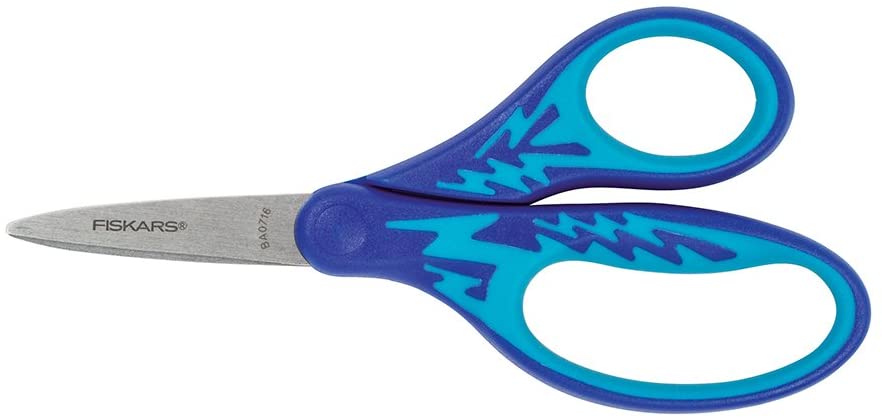
Benbow Learning Scissors: These extraordinary 3-1/2" learning scissors feature rounded tips and smaller, vinyl-coated finger loops that facilitate using isolated finger movements; making learning to cut much easier! A top favorite choice of occupational therapists and early childhood teachers, these neat little scissors are designed by Mary Benbow, OTR.
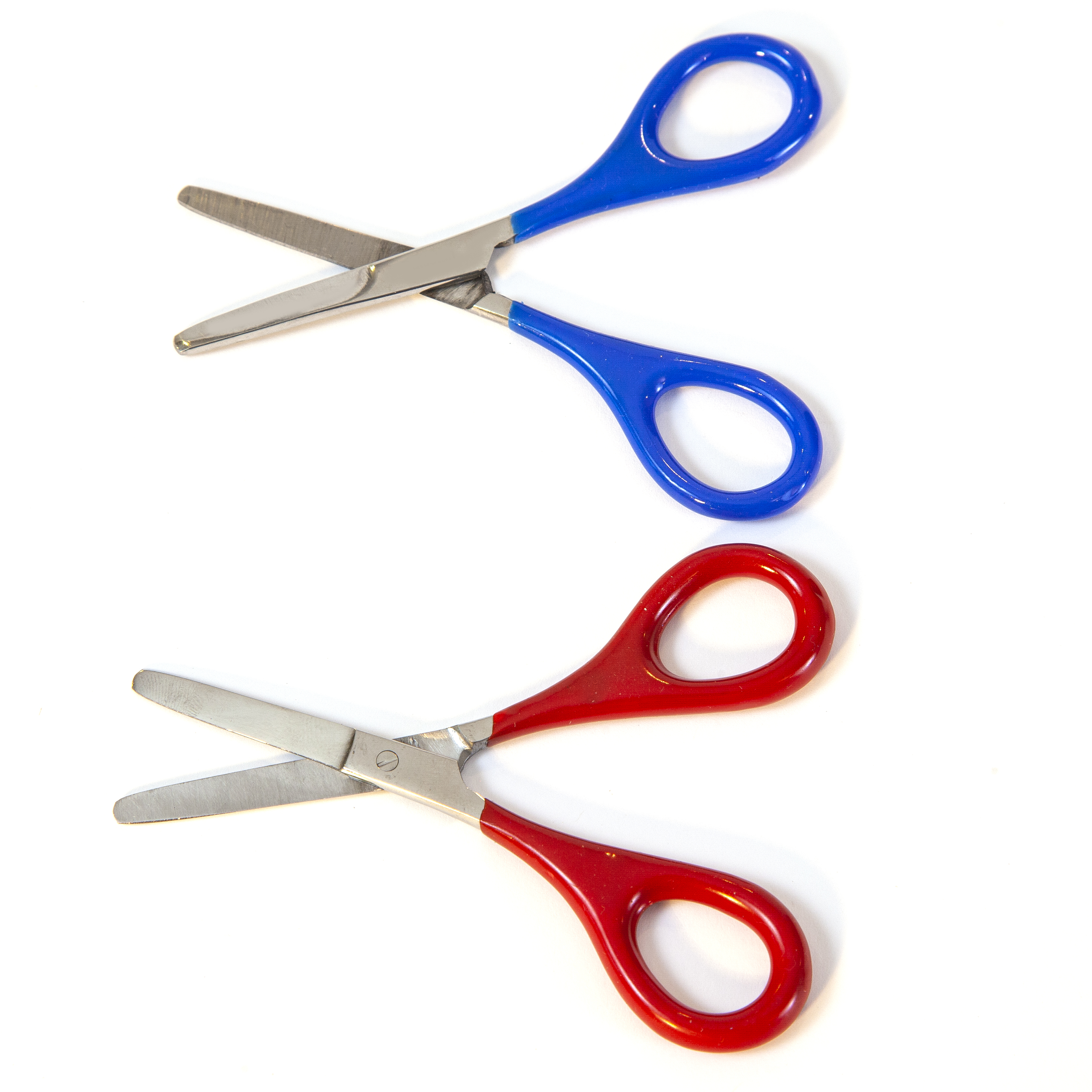
©2024 Therapy Shoppe® Incorporated. All rights reserved.
More articles you might enjoy:
The Benefits of Using Pencil Grips
Executive Function and Self-Regulation: Skills and Disorder
Creating a Back-to-School Supplies Shopping List for Learners with Unique Needs

